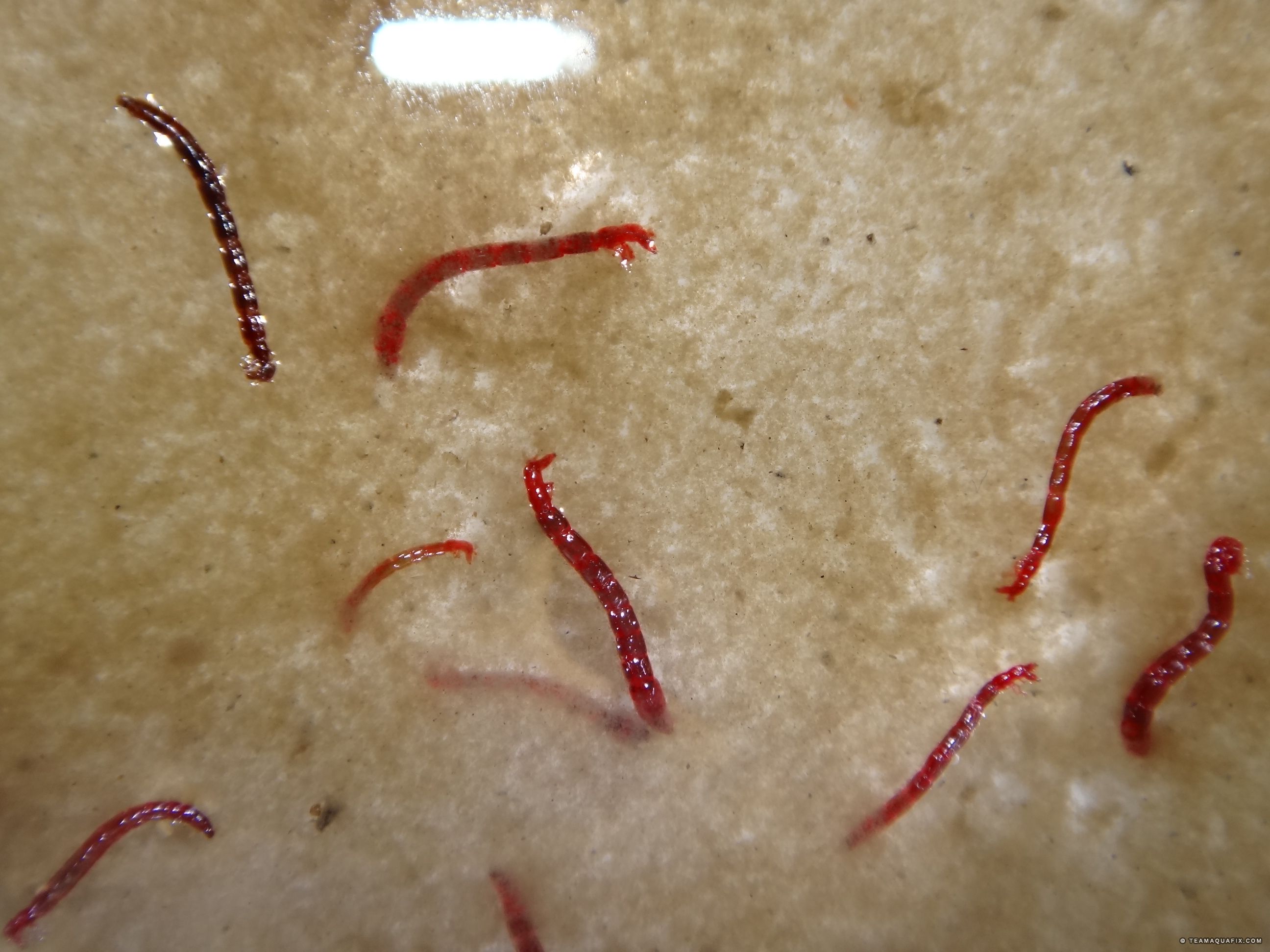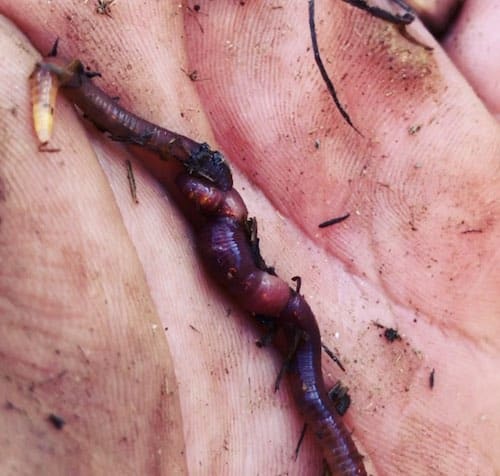Fast-composting red wigglers: Recycle waste effectively
Fast-composting red wigglers: Recycle waste effectively
Blog Article
Whatever You Need to Find Out About Red Wigglers for Composting
Red wigglers, or Eisenia fetida, play an essential duty in the realm of composting, transforming organic waste right into important dirt amendments. The process of establishing up a worm container and maintaining it can position difficulties.
What Are Red Wigglers?

(Where To Buy Worms In North Carolina)
Belonging To The United States and copyright, red wigglers are surface-dwelling organisms that prefer damp, warm habitats rich in decomposing raw material. Their diet regimen consists mainly of decomposing plant product, food scraps, and other organic particles, which they consume and break down effectively. As they digest this product, they create nutrient-rich castings that boost soil fertility.
Red wigglers are hermaphroditic, having both male and women reproductive body organs, and can reproduce rapidly under optimal conditions. This capacity makes them an excellent option for composting systems, as their population can boost rapidly. Their durability and flexibility to numerous settings additionally solidify their relevance in sustainable waste management techniques. Generally, red wigglers are vital contributors to the process of reusing organic waste right into beneficial compost.
Benefits of Using Red Wigglers
Utilizing red wigglers in composting systems supplies various benefits that enhance both the performance of waste management and the high quality of the resulting compost. These worms, scientifically recognized as Eisenia fetida, are specifically reliable at damaging down natural issue, transforming kitchen scraps and lawn waste right into nutrient-rich garden compost at an increased rate.
Among the primary advantages of making use of red wigglers is their ability to take in big quantities of organic material, commonly refining their weight in food waste daily. This high usage price leads to faster decomposition and minimizes the volume of waste sent to garbage dumps. The castings generated by red wigglers are abundant in important nutrients, useful microbes, and enzymes, making them an exceptional plant food for yards and plants.
In addition, red wigglers flourish in a variety of environments, making them versatile for both interior and outdoor composting systems - red wigglers. Their presence in a garden compost container aids to freshen the product, protecting against odors and promoting a healthy composting procedure. On the whole, utilizing red wigglers not only adds to effective waste management yet also sustains sustainable horticulture methods through the manufacturing of top notch garden compost
(red wiggler worms for sale near me)
Establishing Your Worm Container
To successfully establish up a worm container, it is necessary to pick a proper container that meets the requirements of red wigglers while supplying a helpful setting for composting. An appropriate bin can be made from plastic, timber, or metal, with a capability of at least 1 square foot for every pound of worms.
Ensure the container has ample drainage openings to prevent excess dampness, as red wigglers grow in a moist, however not waterlogged, setting. red wigglers. The bin should also be aerated to offer adequate airflow, preventing anaerobic problems that can harm the worms
A perfect area for the worm container is an amazing, dark area, without straight sunlight and severe temperatures, as red wigglers like a temperature level series of 55 to 77 degrees Fahrenheit.
Prior to introducing the worms, prepare bed linens products such as shredded newspaper, cardboard, or coconut coir, which will provide both environment and food. Dampen the bed linens lightly to develop a welcoming atmosphere for the worms. Lastly, take into consideration putting a cover on the bin to keep humidity and lower insects, while guaranteeing it can be conveniently eliminated for upkeep.
Feeding and Treatment Guidelines
Feeding red wigglers is a critical aspect of maintaining a healthy composting system. These worms thrive on a diverse diet regimen, primarily made up of organic products such as fruit and vegetable scraps, coffee premises, and crushed eggshells. It is essential to stay clear of feeding them meat, dairy, and oily foods, as these can develop unpleasant smells and attract parasites.
When introducing food to your worm container, chop or shred products into smaller sized items to assist in quicker decomposition. Begin with percentages to determine the worms' usage price, gradually boosting the quantity as they adapt. It is suggested to alternating feeding areas within the bin to motivate detailed mixing and oygenation of the garden compost.

Troubleshooting Common Issues
Maintaining a thriving worm composting system can sometimes offer obstacles that need interest and troubleshooting. Common issues consist of an undesirable odor, which frequently indicates overfeeding or the visibility of anaerobic problems. To correct this, decrease the quantity of food included and guarantee proper oygenation by blending the bedding product.
An additional regular problem is the retreat of worms from the bin. This can occur as a result of extreme moisture or improper ecological conditions. Regularly inspect the moisture degrees, going for a damp yet not my explanation soggy uniformity, and preserve optimum temperature levels between 60-80 ° F(15-27 ° C )to develop a comfortable environment for your red wigglers.
Insects, such as fruit flies, can additionally get into worm containers. red wigglers. To fight this, cover food scraps with a layer of bedding or shredded paper to prevent flies from laying eggs. Additionally, make certain that any type of food included is fresh and totally free from mold and mildew, which can draw in undesirable insects
Last but not least, if your worms seem non-active, look for stress and anxiety factors such as temperature changes or inadequate wetness. Addressing these typical concerns will aid maintain a healthy and effective worm composting system.
Conclusion
In recap, red wigglers, or Eisenia fetida, play a vital function in lasting waste management with vermicomposting. Their capacity to efficiently convert natural waste right into nutrient-dense castings improves dirt wellness and promotes plant growth. Appropriate arrangement and maintenance of a worm bin, together with adherence to feeding standards, ensure a flourishing ecological community that minimizes landfill contributions. Attending to usual issues quickly additionally sustains the performance of this ecological practice, adding to environmental sustainability and agricultural efficiency.
Report this page